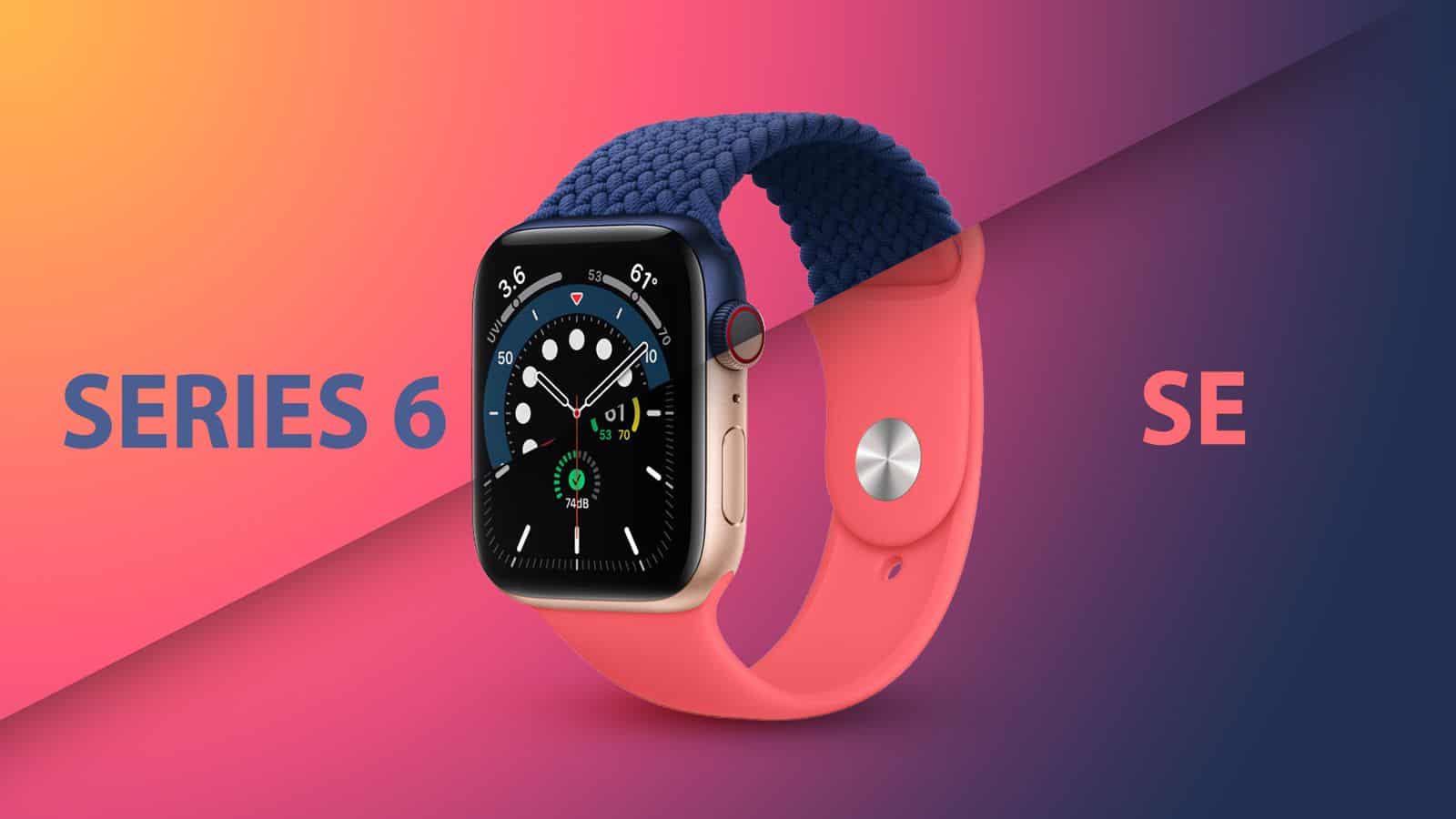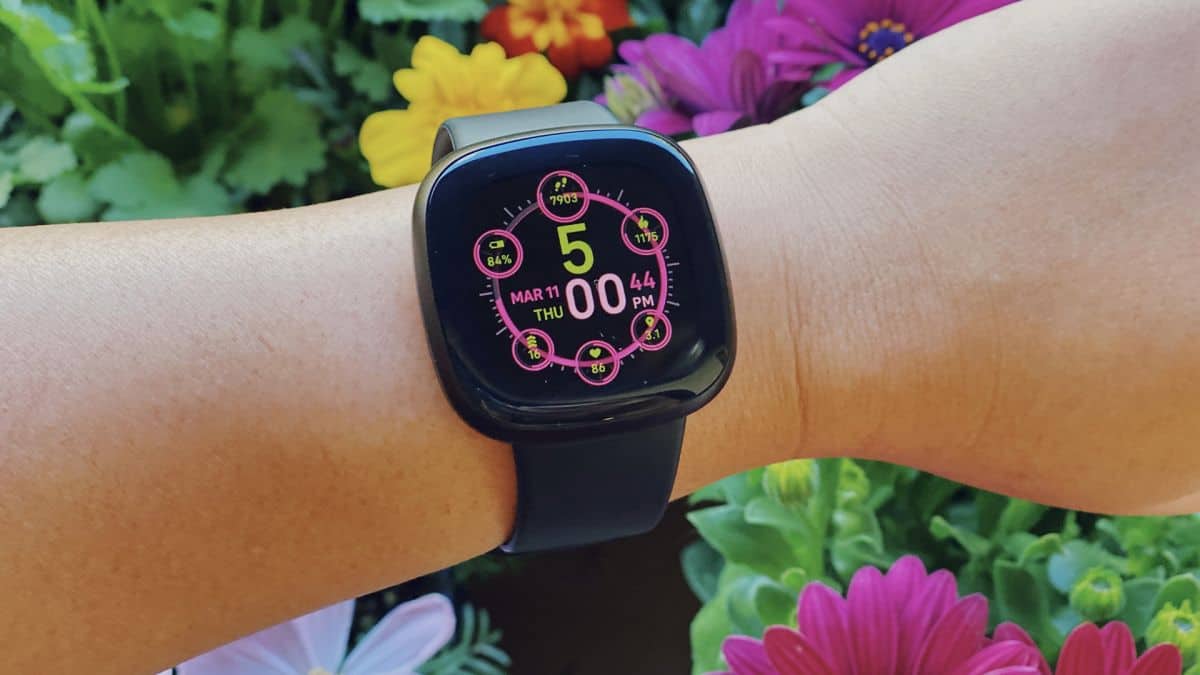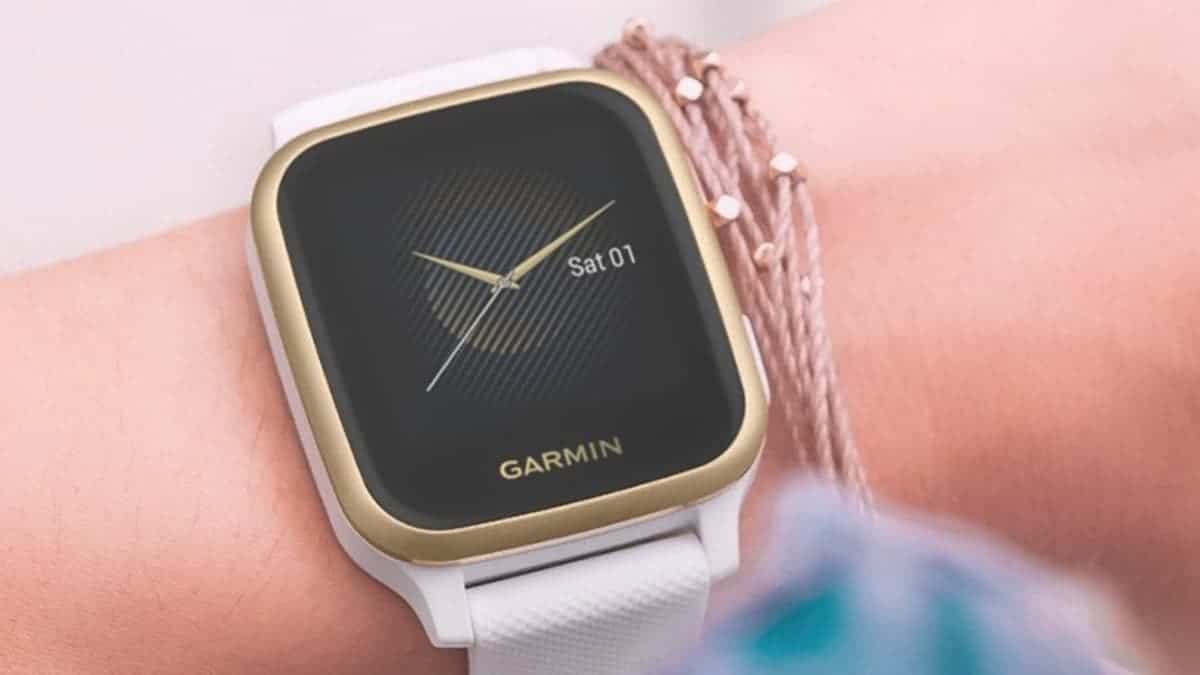There are so many factors to consider when you shop for a smartwatch, especially since you are expected to strap it to your wrist 24/7. You’ll have to think about if you need a model that concentrates on fitness, or if you want a specific watch shape face, and OS. Well, it doesn’t matter what you are searching for, this list definitely has you covered. See 5 best smartwatches:
1. Apple Watch Series 6:

The might be the most costly option on this list, but it is the standard when it comes to smartwatches. It comes with amazing features like a brighter always-on display and a new sensor that measures blood oxygen levels.
Must Read: 5 Best Smartwatches With Heart Rate Sensor
In fact, it is the only option that possesses an electrocardiogram (also called ECG or EKG) app right now. The only disadvantage here is that it only works with an iPhone.
2. Apple Watch SE:
If you have never been an Apple Watch owner, this is the option to go for. It is the affordable alternative to the Series 6 and it delivers amazing features and longer battery life. Apart from the added health sensors (ECG and SpO2), the only difference between this one and the first option is that the SE doesn’t come with an always-on display.
3. Fitbit Versa 3:

Still on the topic of best smartwatches to buy. This option works with both iOS and Android phones and allows you to choose between Alexa or Google Assistant as your go-to voice assistant.
Must Read: 5 Best Hybrid Smartwatches
However, it doesn’t offer all the applications and smart features as some of its competitors, even if it is a well-rounded smartwatch with health and fitness features to ensure you are always on track. It is home to GPS and lives heart rate zone notifications.
4. Samsung Galaxy Watch Active 2:

This watch is home to fall detection and it is not as expensive as some of the options above. This amazing product from Samsung is not as flashy as the Watch 3, but it is less heavy and more comfortable to wear at night and during exercises. The Samsung Galaxy Watch Active 2 takes care of phone calls, texts, and app notifications, and it provides Spotify support plus basic fitness features you’ll need.
5. Garmin Venu Sq:

If you are searching for a fitness-focused watch that works with Android and iOS without distractions, this is the option to go for.
It comes with a built-in GPS, several workout options to select from, plus lots of data about your workout such as heart rate zones and running dynamics in the mobile application. It can also work as a health tracker with high and low heart rate alerts, proper sleep analysis, and SpO2 tracking.
Must Read: Top 5 Best Fashionable Smartwatches For Ladies
wrapping up: There you have it – a comprehensive list of 5 of the best smartwatches to buy. Feel free to drop your personal favorites and other recommendations in the comment section below.
More Information On Gadgets:
A gadget is a small tool such as a machine that has a particular function but is often thought of as a novelty. Gadgets are sometimes referred to as gizmos.
In the software industry, “Gadget” refers to computer programs that provide services without needing an independent application to be launched for each one, but instead run in an environment that manages multiple gadgets. There are several implementations based on existing software development techniques, like JavaScript, form input and various image formats.
The earliest documented use of the term gadget in the context of software engineering was in 1985 by the developers of AmigaOS, the operating system of the Amiga computers (intuition.library and also later gadtools.library).
It denotes what other technological traditions call GUI widget—a control element in the graphical user interface. This naming convention remains in continuing use (as of 2008) since then.
It is not known whether other software companies are explicitly drawing on that inspiration when featuring the word in the names of their technologies or simply referring to the generic meaning.
The word widget is older in this context. In the movie “Back to School” from 1986 by Alan Metter, there is a scene where an economics professor Dr. Barbay, wants to start for educational purposes a fictional company that produces “widgets: It’s a fictional product.”




